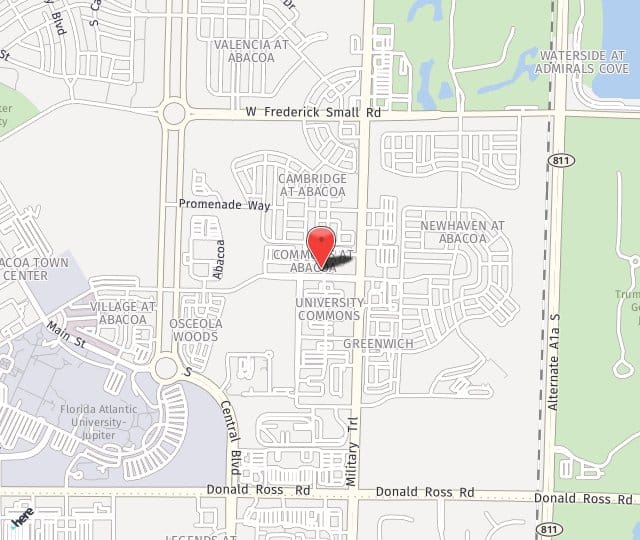Breast Augmentation is performed to increase breast size and/or fix breast asymmetry. Candidates include women who want larger breasts, and those who want to restore the breast volume often lost as a result of pregnancy or significant weight loss. Breasts can be enlarged with implants or with fat grafting. Breast augmentation is not a substitute for mastopexy, which is a procedure to "lift" breasts that sag significantly.
Breast Augmentation with Implants
Silicone and saline are the two implant types most commonly used in augmentation mammaplasty. Silicone implants feel more like natural breasts than saline ones. However, if a saline implant ruptures, the saline is naturally absorbed by the body, whereas if a silicone implant has an extracapsular rupture (a rupture to the outer capsule), silicone filler leaks into the body, possibly resulting in inflammatory nodules or enlarged lymph glands.
Implants are placed behind each breast, underneath either breast tissue or the chest-wall muscle. The procedure lasts 1 to 2 hours, and is typically performed with sedation or general anesthesia. Incisions are made either in the crease on the underside of the breast or around the areola to minimize scar visibility. The breast is then lifted, creating a pocket into which the implant is inserted.
Advantages of implant placement behind the chest-wall muscle include a possible reduced risk of capsular contracture (hardening of scar tissue around implant), and less interference during mammograms.
Other types of implants include "gummy bear," round, smooth and textured.
Breast Augmentation with Fat Grafting
Breast augmentation with fat grafting (fat transfer) uses liposuction to harvest excess fat from other parts of your body, and then the fat is injected into the breasts. Breast augmentation with fat grafting is appropriate for women who are not looking for a dramatic increase in breast size, and want breasts that look and feel as natural as possible.
First, fat is removed using liposuction, in which a cannula (a thin, hollow tube) is inserted through small incisions, and then moved back and forth to loosen excess fat, which is suctioned out using a vacuum or a cannula-attached syringe. The harvested fat cells are then injected into each breast through small incisions.
Recovery from Breast Augmentation
After breast augmentation, a surgical bra is worn to minimize swelling and support the breasts. For breast augmentation with fat grafting, compression garments are typically worn over the areas that received liposuction as well as use of the surgical bra. For a few days after surgery, most patients feel tired and sore, but many return to work within a week. Postoperative pain, swelling and sensitivity diminish during the first few weeks. Scars begin to fade in a few months.
Risks of Breast Augmentation
In addition to the risks associated with surgery and anesthesia, those related to breast augmentation using implants include the following:
- Capsular contracture
- Implant leaks and ruptures
- Implant deflation or shifting
- Temporary or permanent change in nipple/breast sensation
- Irregularities in breast contour/shape
- Asymmetry
- Partial or total loss of nipple/areola
The risks related to breast augmentation using fat grafting include those related to liposuction, as well as the following:
- Calcification
- Fat embolism
- Fat necrosis
- Oil cysts
- Loss of volume
Because of the loss of volume that occurs when fat is reabsorbed by the body, touch-up injections of fat are often necessary. Injections can be performed using local anesthesia.

